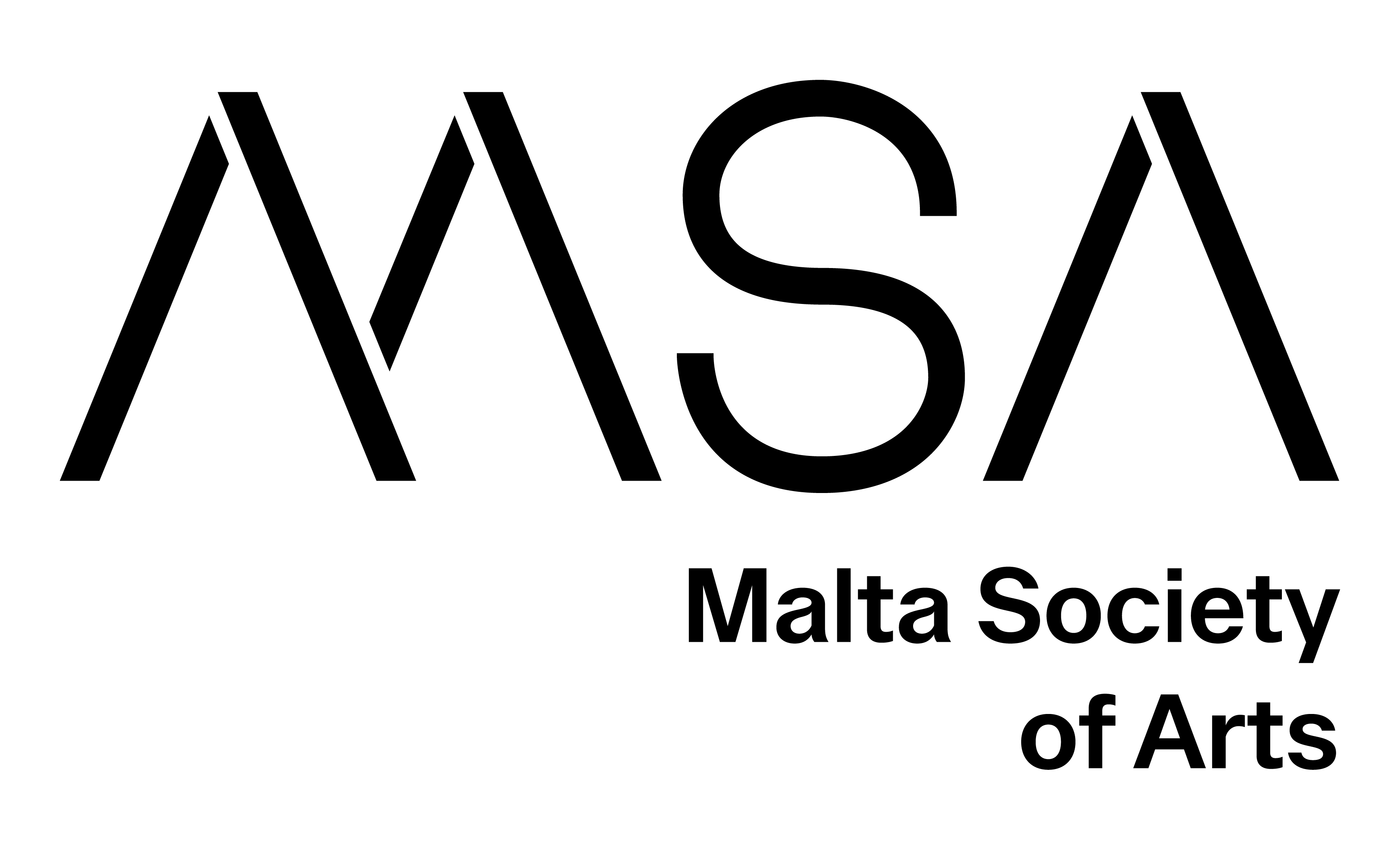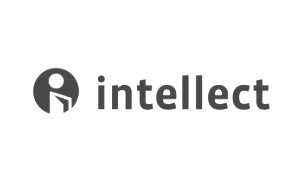Communicating with non-human animals means understanding the incomprehensible. Feral animals, who have not evolved in the company of humans, never faced the need to communicate with us, thus, did not evolve muscles to express human-readable emotions like dogs. Moving below the water surface makes communication even more unlikely, with few humans diving into the abyss for a conversation with its inhabitants. Through the art-science collaboration with Superflex studio, we established a common ground for an ongoing conversation with Mediterranean damselfish Chromis chromis. The underwater conversation facilitated through and on physical structures became a collaborative practice with the marine fish to design architecture. During the spawning season of C.chromis, Fish Architecture (FA) is a space for communication and intimate interspecies encounters to create non-gestational kinship. Thereby, FA became part of the life history and Sex Ecology of a new generation of damselfish, who hatched on the intentionally installed pink structures, providing the fry not only fish but also human parents. This architectural fish-human dialogue can also be considered a collaborative niche construction, an evolutionary concept in which the animal modifies its physical environment and thereby changes the selective pressure on itself. Considering animals as designers and engineers of their own evolution opens the door to co-designing. By choosing carefully installed Fish Architecture, the chromis allowed another animal to become a co-designer and to engage in a collaborative interspecies process. After the first part of FA took place in the Mediterranean Sea, the live-experiment Interspecies Architecture changed the ecosystem to open the conversation to more human animals. Interspecies Architecture displays a 3D rendering of the Superflex structure in the Mediterranean Sea and data regarding the use of the structure by C.chromis, thereby curating them as architecture. Through gesture tracking, the human animal can interact with this 3D representation. Those interactions are saved as data and fed back into the quantitate analysis. Thereby the fish and human interactions with the structure become comparable; both animals become participants in the experiment and simultaneously architects. Hence, both animals contribute to the niche construction by altering the shape and use of Fish Architecture through their behaviours with and around the structure.
Moreover, behavioural interactions with the structure allow capturing the subjectivity of its experience without compromising it because of sensory limitations. It seems like a reduction of the entire experience, but it renders a more objective investigation possible. As a human analysing and interpreting the behaviour, we might not be able to grasp the motivation of a fish nor the sensory input it receives. However, by observing a fish’s behaviour, we can take up its point of view even if it is incomplete and just a rough description of the subjective experience. Becoming part of the Sex Ecology of Chromis chromis through behavioural and architectural decisions, combined with artistic imagination, allows the human to consider the fish’s conscious experience without entirely grasping it, coming a step closer to an objective phenomenology and the question ‘what is it like to be a fish on a pink structure?’.
Anja Milena Wegner is a transdisciplinary researcher and marine science educator. In her academic work, she examines questions about the coexistence and co-creation with marine organisms. With her PhD project, she develops a new approach to collaborations between art and science by combining quantitative biology and environmental philosophy. The artistic imagination of her collaborations informs her approach to the marine fish whose social behaviour she studies and allows her to contextualise her biological work within a broader scope (see Fish Architecture for more). Education is the other focus of her work. Her workshops or pedagogical interventions revolve around the ocean or biology. As a pedagogical engineer, Anja tailors her workshops and interventions to different target groups, such as teenagers, art or biology students, or the general public. Anja is a PhD student in the Jordan Lab and is funded by the Max Planck Institute of Animal Behaviour and TBA21 Academy. She is based in Germany but spends extensive periods at the Alligator Head Foundation in Jamaica and at STARESO Corsica for her fieldwork. She received a B.Sc. and M.Sc. in Life Sciences from the University of Konstanz and a M.Res. in Education and Technology at the Université de Paris, France.
Back







